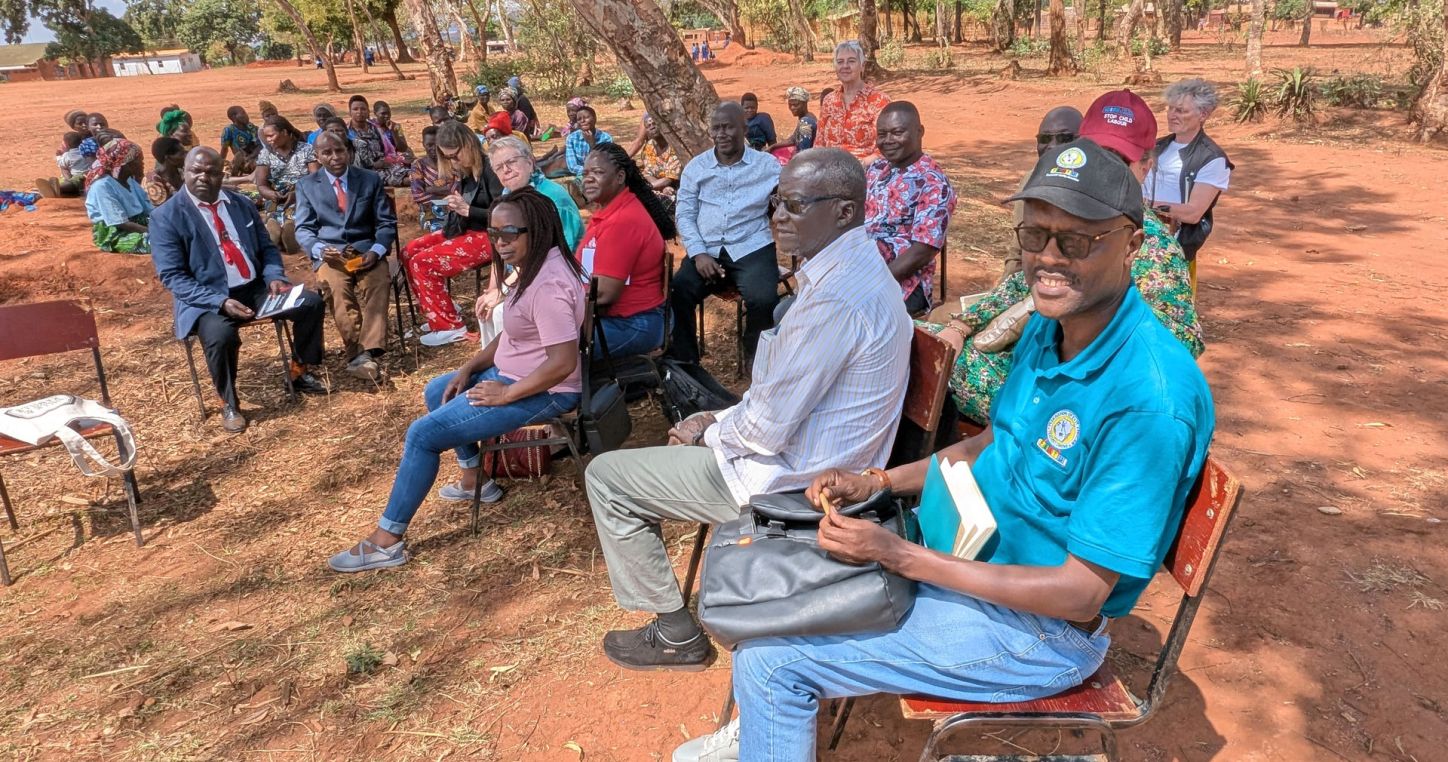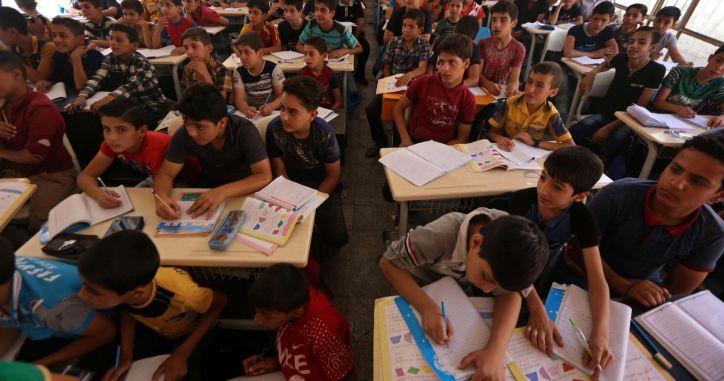New report highlights significant impact of trade union and community mobilisation in combating child labour
The Child Labour Free Zone (CLFZ) approach implemented by many Education International (EI) affiliates is a community-based solution that is proving highly effective. An independent assessment commissioned by Education International shows that the approach transforms communities. The evaluation was conducted by a team of assessors who combined qualitative and quantitative methods, including field visits to Malawi and Uganda, online interviews with key stakeholders and in-depth document analysis.
A CLFZ is a specific area – a village, for example – where all the stakeholders commit to ending child labour and ensuring full-time schooling. Unlike initiatives targeting specific supply chains, the CLFZ tackles every form of child labour within a given community. It mobilises teachers, parents, local leaders and employers through social dialogue and awareness-raising campaigns. Typical activities include teacher training, remedial classes, the creation of anti-child labour clubs in schools, the adoption of community regulations requiring school attendance and the improvement of school infrastructure.

Trade unions and communities are working to eradicate child labour, which impacts some 138 million children around the world, mainly in low-income countries. It deprives children of education, health and dignity. Although governments and international organisations promise to eradicate this scourge, progress is extremely slow.
A cost-effective approach
The assessment commissioned by EI shows that the approach implemented by its affiliates is relatively inexpensive. It requires an average budget of around €15,000 a year and a period of three years to establish an effective child labour free zone, generating a mindset change that makes education the norm and child labour socially unacceptable. In Malawi, for example, school attendance rose from 84.8% to 97.7% within two years in the union-led project zone (Chigudu, Dowa district) studied by the assessors, with 1,971 children successfully withdrawn from work.
Major impact for girls
In their report, the assessors underline that the CLFZ approach improves the situation for girls in targeted areas. In addition to removing them from child labour, these projects help reduce early marriage and teenage pregnancy through community mobilisation and local rules prohibiting these practices. The schools implement specific measures, such as adapted timetables for young mothers and links with health centres. Improvements in health infrastructure and the distribution of sanitary products have also reduced absenteeism related to menstruation. These initiatives, combined with widespread awareness-raising, have changed mindsets: girls’ education is now seen as essential to breaking the cycle of poverty, and their presence in school has become the social norm.
Schools and teachers transformed
The study shows that the CLFZ approach transforms teachers and their schools. The teachers involved in projects led by EI member organisations benefit from training on child labour, children’s rights, inclusive education, and positive discipline. This upskilling increases their level of motivation, their status and their ability to create more welcoming and secure school environments. School governance structures (management committees, parents’ associations) are given a new lease of life, favouring better collaboration with the local authorities and communities, which facilitates the mobilisation of resources for new infrastructure (classrooms, toilets). The establishment of anti-child-labour clubs and extracurricular activities (sport, music, theatre) help reduce absenteeism and school dropout rates. These changes create a child-centred school culture, without corporal punishment, and strengthen the link between teachers, parents and local authorities, placing schools at the heart of the fight against child labour.
Lasting success is not a given
Despite these successes, the assessment report also emphasises that the CLFZ approach is not a miracle cure for child labour. Lasting results are not necessarily guaranteed once the funding period for a project comes to an end. The intensity of the activities wanes, remedial classes may be discontinued and teachers trained through the project are sometimes transferred elsewhere. The successes achieved, such as increased enrolment, put pressure on infrastructures (overcrowded classrooms, lack of toilets) that are not always sufficiently improved during the life of the project. Added to this are structural obstacles such as chronic poverty, climate disasters or the underfunding of education. A project exit strategy and handover to local authorities are essential to ensure the sustainability of the results.
Strategic role of trade unions and advocacy
Beyond the results at local level, the report emphasises the need for the trade unions involved to capitalise on the impact of the projects to influence national policy. Their involvement in implementing the CLFZs brings them strategic benefits: increased membership, greater credibility and stronger relations with the authorities and ministries. This creates opportunities for more effective advocacy for education funding and better conditions for teachers.
An integrated approach to sustainable eradication
Eradicating child labour requires a combination of actions: community mobilisation, structured advocacy, integration into public policy, and investments in school infrastructure and social protection. The independent assessment underlines that while CLFZs are a powerful lever, they alone are not sufficient to achieve the large-scale goal. They must be combined with ambitious policies and coordinated measures to sustainably improve education systems and end child labour.



